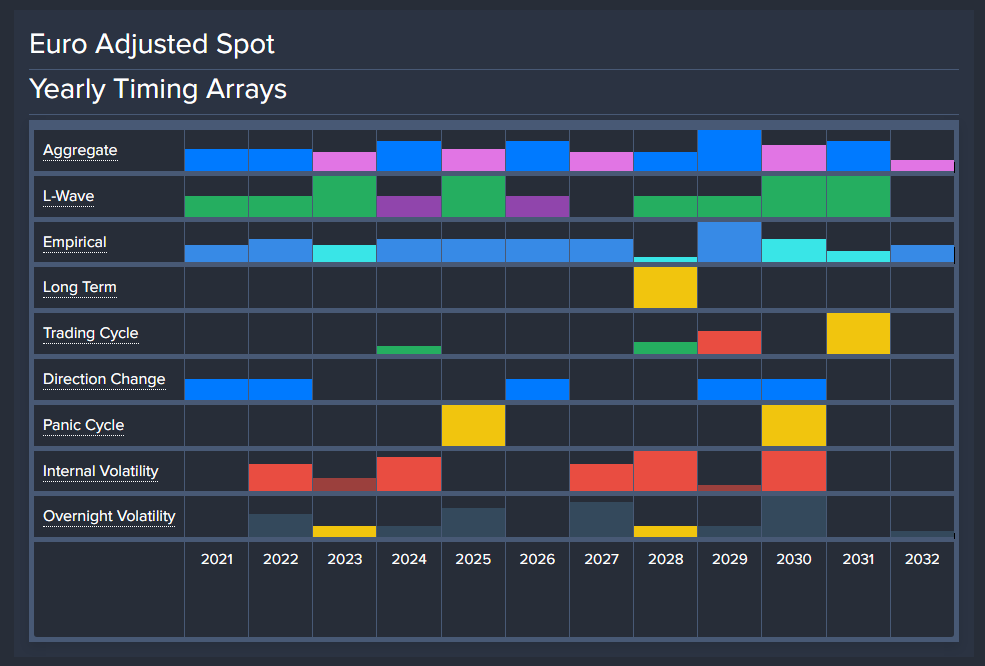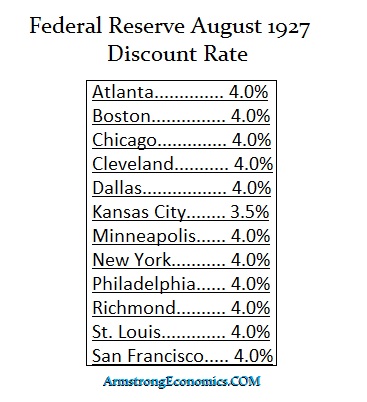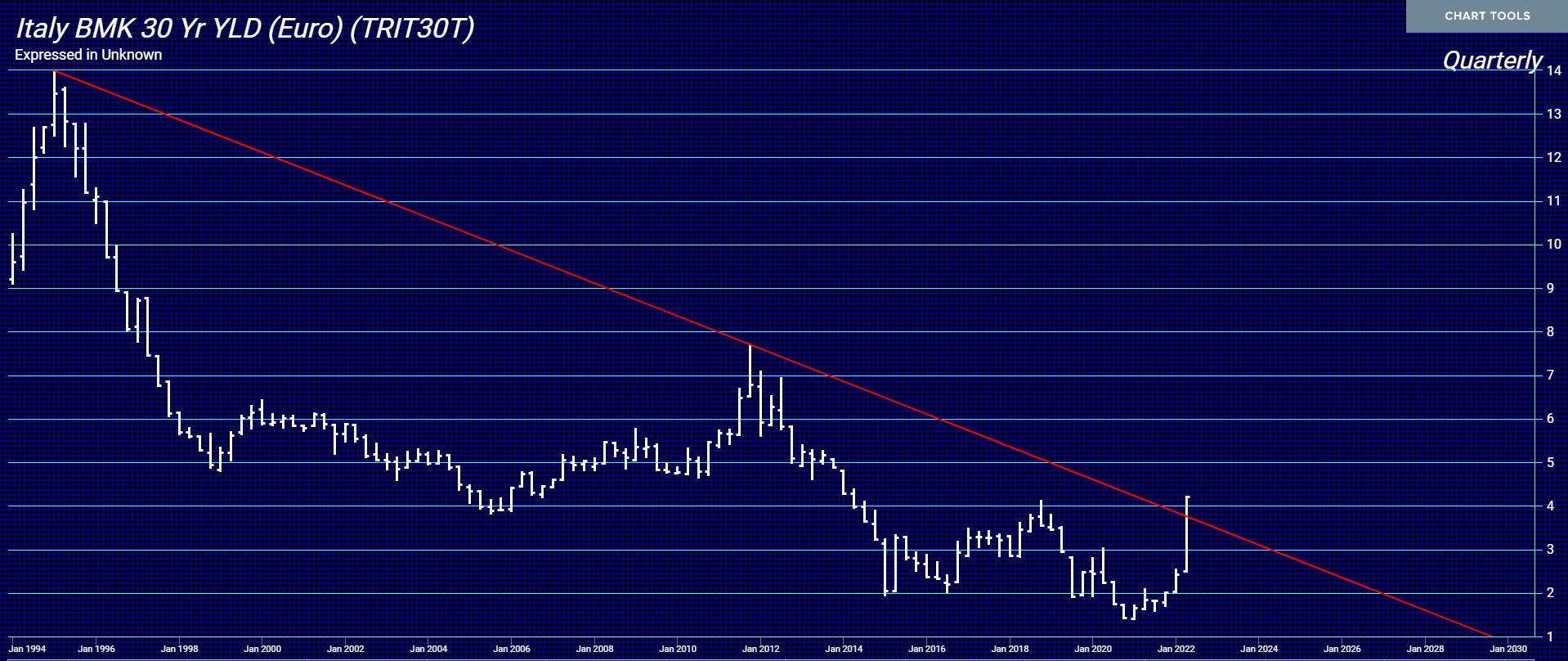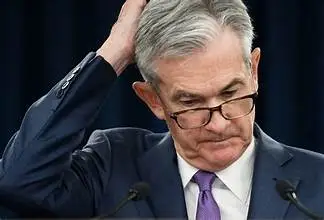The European Central Bank has announced that it plans to create a new tool to tackle the risk of eurozone fragmentation, which is the new term for divergence among member states. They are adopting this tactic out of fears of a new European debt crisis that is inevitable. From the very beginning when the EU Commission was charged with designing the Euro came to our conference in London in 1997, I warned that the promises that everyone would be paying the same rate of interest merely because they were creating a single currency was a complete fantasy. I further warned that this would lead to the collapse of the Euro if not the entire EU.
I explained that they were comparing the Euro to the Federal Debt of the US when the failure to consolidate the debts of the EU meant that the real outcome would be like the USA at the state level. A single currency did not mean that every state paid the same interest rates in the USA and that would be the ultimate reaction of the free markets. We are now in the 24th year of the Euro and its survival beyond post-2024 is questionable.
The ECB’s decision has come as a surprise following an emergency meeting to address higher borrowing costs for many European governments on an uneven playing field. The ECB made a statement:
“Since the gradual process of policy normalization was initiated in December 2021, the Governing Council has pledged to act against resurgent fragmentation risks.”
“The pandemic has left lasting vulnerabilities in the euro area economy which are indeed contributing to the uneven transmission of the normalization of our monetary policy across jurisdictions,”
The comments are trying to explain the recent surge in bond yields over the past week or so as capital is starting to smell a rat. ECB has implied a more aggressive policy tightening is coming but it still failed to deliver any new measures that would support the growing unrestrained debt load. With Green governments seizing power, and the absurd sanctions on Russia, it is hard to see where there is any understanding of fiscal management on the horizon.
European capital is now very concerned about financial “fragmentation” meaning the disparity among member states in interest rates. There is clearly a rise in rates in Southern Europe compared to northern. The ECB is now saying that it will “reinvest redemptions” from its emergency bond-purchasing program. So in other words, it will NOT reduce its balance sheet concerning bonds that are under pressure for that will force greater disparity ahead – i.e. fragmentation.
The ECB claimed that its commitment to the euro is its anti-fragmentation policy. They have said that this commitment “has no limits.” Previously, Southern EU states faced materially higher borrowing costs in the wake of the sovereign debt crisis back in 2011. This is a complete disaster for the failure to have consolidated the debt meant that their idea of one monetary policy for 19 different fiscal positions cannot possibly work. I tried to explain to them from the beginning that the 12 original branches of the Fed were independent and they would raise or lower rates depending upon the regional impact. It was Roosevelt who usurped that authority and created one rate for all in 1935 creating the new head branch in Washington.
The yield on the Italian bonds traded over 4% and has broken through the Downtrend Line. While people hope that the ECB’s announcement in this unscheduled emergency meeting means they will be in control, this is more like the 5-time-divorced soul getting married again for the sixth time confirming that hope can triumph over experience. The broader long-term is that borrowing costs will have nowhere to go but higher.
The ECB’s decision to reinvestment what it previously bought merely confirms that there is a serious sovereign debt crisis unfolding.













